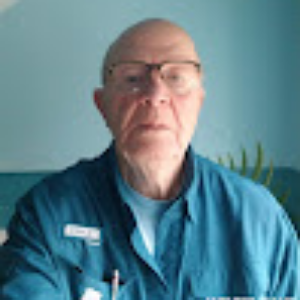Title: Advance Cannulation tecknequine for Nurse, Techs and Patients
Abstract:
A major hurdle for patients choosing Home Hemodialysis (HHD) modality is the anxiety associated with self-cannulation. Tap Cannulation is a teaching method that reduces the fear and pain of self-cannulation for patients who are beginning to use an arterio-venous fistula (AVF) or graft. Tandem Hand Cannulation technique helps patients learn to self-cannulate by placing their hand over the nurse's hand for close visual and tactile observation of the needle insertion. The hands are reversed for the patient's first few self-cannulation experiences. Touch Cannulation is part of the training process which involves holding the needle 2 or 3 inches behind the wings for better control and improved sensitivity for the cannulator. Retraining staff in advanced cannulation techniques will improve patient outcomes, increase the life of fistulas, and reduce the pain and expense of vascular access complications. Cushion Cannulation is a simple change in the position of the cannulator and the patient's arm that reduces the frequency of infiltrations during needle insertion. The Tear Drop Technique draws the needle into the access with less damage to the skin during insertion. Hubbing the needle is poor technique when the needle is placed too deeply that causes an indented buttonhole. Sidebar Technique is used when a fistula has a raised aneurysm at the AVF which has been demonstrated to reduce the size of the aneurysm over time without surgical intervention. This webinar explains these techniques in detail with photos and personal experience.



